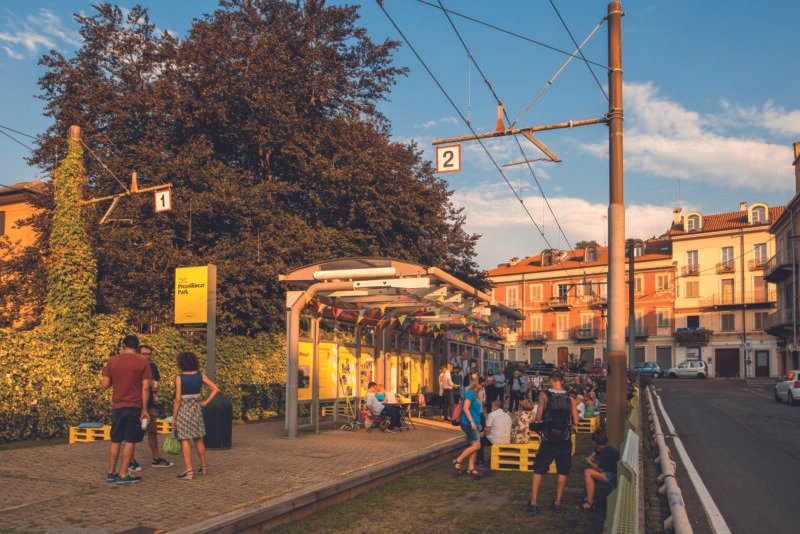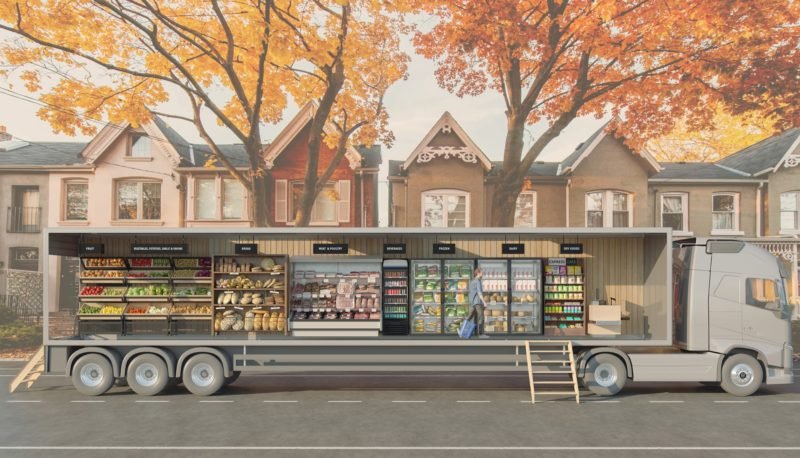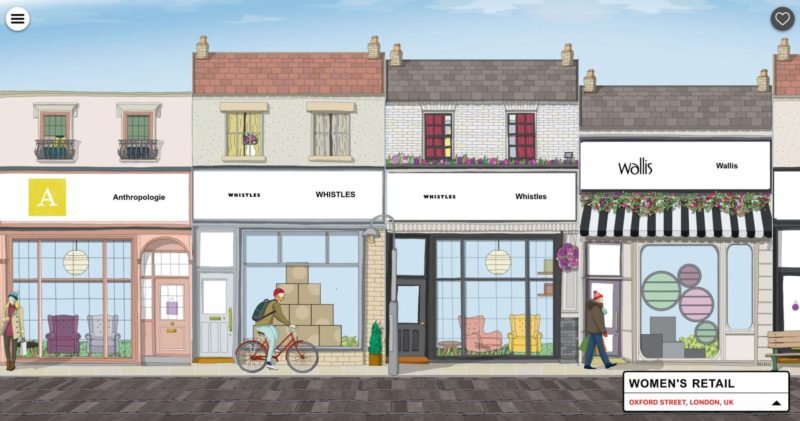On Plug-In Retail
 In August I wrote about a walking grill in Berlin. My article triggered Junk Jet Magazine to invite me to contribute to its third volume. This issue, which is made in collaboration with the University of Stuttgart, has become a great product containing all sorts of pop-up city-related items. You can order one of the spare 555 copies at the Junkjet website or Amazon. I’d like to share my article on plug-in retail with you.
In August I wrote about a walking grill in Berlin. My article triggered Junk Jet Magazine to invite me to contribute to its third volume. This issue, which is made in collaboration with the University of Stuttgart, has become a great product containing all sorts of pop-up city-related items. You can order one of the spare 555 copies at the Junkjet website or Amazon. I’d like to share my article on plug-in retail with you.
Last summer I came across a ‘Bratwurst’ selling girl close to subway station Frankfurter Allee, in the district of Friedrichshain, Berlin. Observing her for a couple of minutes, her business seemed to be running quite well. Which surprised me, as it was incredibly hot that day, and every single fibre in my body shouted for lemonade instead of a hot fat ‘Bratwurst mit Senf’. But each culture needs its abnormality and the girl didn’t seem to suffer from the heat, thanks to the umbrella that’s part of the installation. The ‘Wurstel’ that cost € 1,20 are freshly prepared on a special feather light electric grill hanging around the girl’s neck, electricity is provided by a generator on her back, while a cool box keeps the sausages fresh. The walking grill is hosted by a brand called Wurst König.
Throughout history moveable retail has always been more important than it is now. Already in ancient times, the city was a central place were the vendors of food had to come to, due to a high concentration of people. Food came to the customer. Being a youngster, I used to live in a small rural village in the very north of The Netherlands. The village didn’t have any serious shops, but the so-called ‘SRV man’ came by with his truck on Mondays and Thursdays for home-to-home elementary deliveries. The shop came to the people and each time he dropped by, something was happening in our street. People came out of their front doors and started having little chats. The ‘SRV man’ was the entrepreneur, servant, deliverer, and driver of the bus at the same time. Somewhere in the history of Western Europe we decided collectively that the customers are the ones that have to travel, and not the vendors. Don’t ask me why, but retail became more and more attached to place, with IKEA as most significant example. IKEA occupies a huge location somewhere in the ‘Edge City’, and becomes a true, almost touristic attraction on a regional scale, even causing its own weekend traffic jams in the middle of nothing.
 Moving retail concepts from the past are gone, and I’m the last to speak about revitalizing those. But I’m fascinated by the question what moveable retail will look like in the future, within a market economy that depends on the power of demand?
Moving retail concepts from the past are gone, and I’m the last to speak about revitalizing those. But I’m fascinated by the question what moveable retail will look like in the future, within a market economy that depends on the power of demand?
The walking grill is the corporate version of traditional sidewalk merchandising. Sidewalk merchandising is a clever system of personal initiatives seeking clients while adapting a custom strategy each minute when necessary. In Moscow, the old Russian woman with a little table in front to sell raspberries grabbed my attention. More flexible than that is hardly possible, although she might not earn that much. In Milan, a daily spectacle is caused by the street vendors selling imitation Louis Vuitton and Prada bags. That’s illegal, and somehow the Italian police considers this incredible crime as a priority. As soon as the Carabinieri arrive the vendors immediately fold their blankets and start running into a subway station. Very entertaining. The point I want to make here is that all this action makes our cities great places full of human interaction.
One step higher, in the domain of kiosks, we find a lot of new formulas trying to widen the range of products that can be sold in flexible spaces. The founder of KiosKiosk in London wants to address the difficulties young creatives have to deal with when starting a company in London. For instance, retail space is barely affordable. Another pretty example is the Salakauppa in Helsinki which stands for ’secret shop’. This is the place where designers Aamu Song and Johan Olin sell their products, ranging from fashion to furniture and books. Right on the street, in a kiosk.
More profound and corporate are the pop-up stores that have emerged during last years as an urban trend. Interesting here is that also these shops follow their customers, while already having an online customer base that can be informed about new location. The position of the brand is strong enough to attract curious clients to the most unusual but inspiring places. One of the biggest pop-up stores is Puma City, a Puma flagship store that traveled the world along with the Volvo Ocean race, visiting raw harbor areas around the globe. Puma City is a three level indoor-outdoor structure, consisting of 24 steel shipping containers. Designed by New York-based architecture office LOT-EK, the flexible building acts as a store, lounge and mobile home base. The structure is designed to be easily taken apart, shipped and reassembled anywhere in the world.
The future of retail will be in flexibility. To serve a new generation of customers, entrepreneurs have to be keen on finding the right patterns of their clients. The current Internet provides another place-related dimension here. Kogi Korean BBQ, for instance, is a Korean taco restaurant on wheels. Kogi sells its food primarily from two trucks moving from place to place in the Los Angeles metropolis. The people of Kogi set up a Twitter channel in order to inform customers about where to find them… with a load of followers already.




